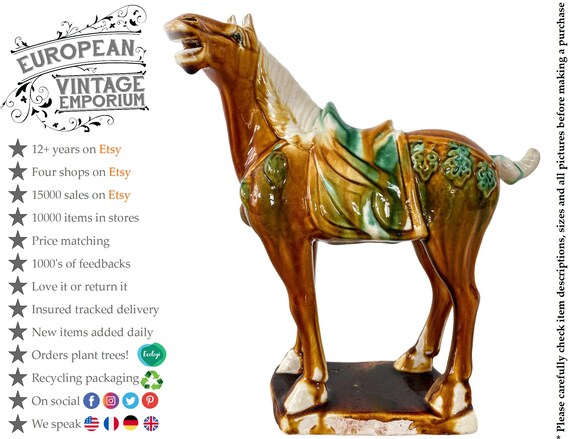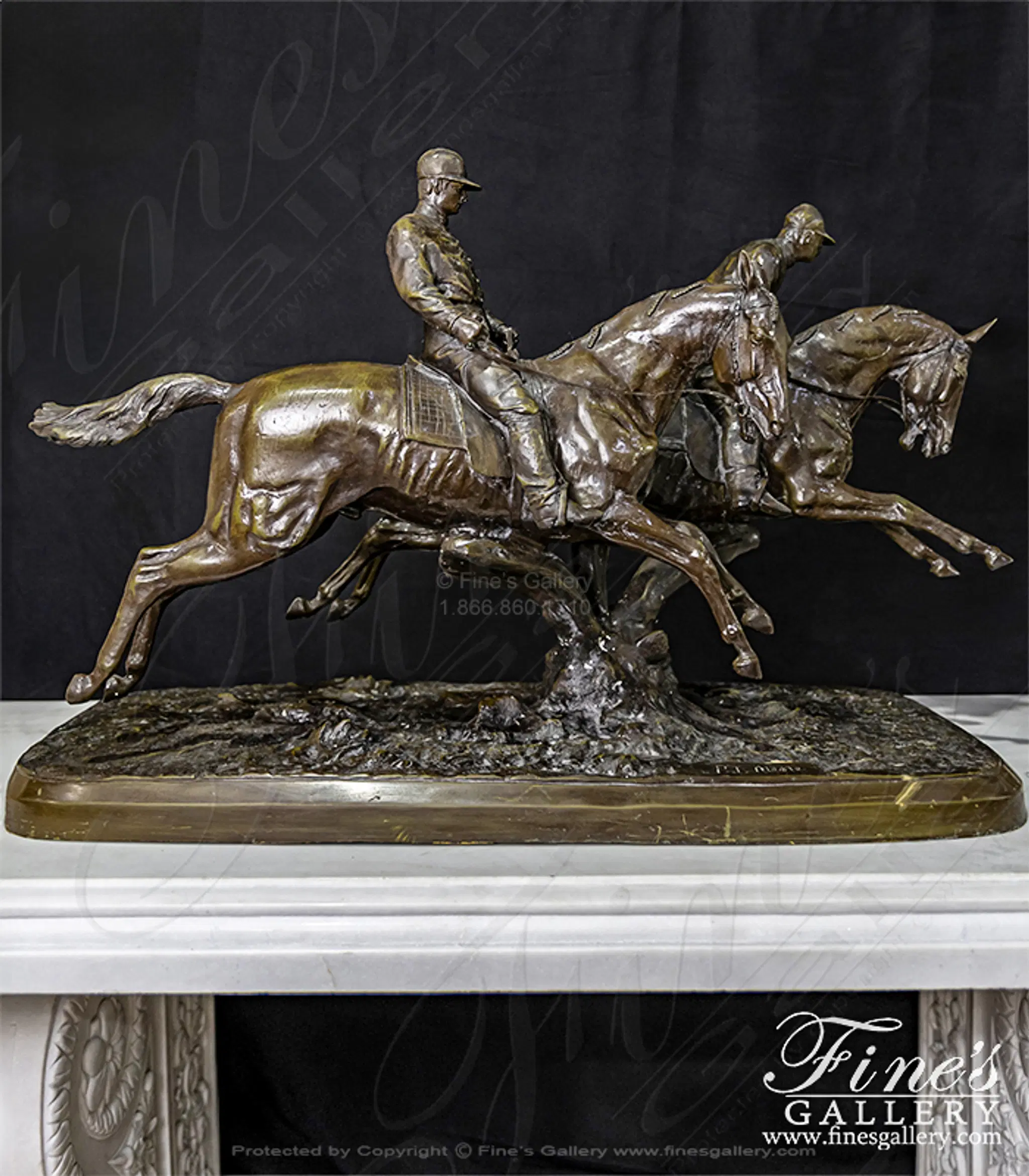Current Horse Market Values: Breeds and Disciplines

Understanding the current horse market values is essential for buyers, sellers, and enthusiasts alike. This article explores how different breeds and equestrian disciplines influence horse prices, providing insights into market trends, valuation factors, and practical advice.
Overview of Horse Market Values

Horse prices vary widely based on several factors including breed, age, training, discipline, pedigree, and health. Market values fluctuate with demand, economic conditions, and regional preferences.
| Factor | Description | Impact on Price |
|---|---|---|
| Breed | Specific horse breeds have varying popularity | High – Popular breeds command premium prices |
| Discipline | The intended use (e.g., dressage, racing) | High – Specialized training increases value |
| Age | Younger horses may be priced differently | Medium – Prime age often preferred |
| Training Level | Level of training and competition experience | High – Well-trained horses are more valuable |
| Pedigree | Bloodlines and lineage | High – Prestigious lineage boosts price |
| Health | Overall health and soundness | Critical – Healthy horses fetch better prices |
Popular Horse Breeds and Their Market Values
1. Thoroughbreds
- Known for racing and versatility
- Prices range from $5,000 to over $100,000 depending on pedigree and performance
2. Warmbloods
- Favored in dressage and show jumping
- Market values typically range from $10,000 to $150,000
3. Quarter Horses
- Popular in western riding and rodeo
- Prices generally between $3,000 and $50,000
4. Arabians
- Renowned for endurance and beauty
- Market values range from $7,000 to $70,000
5. Ponies (e.g., Welsh, Shetland)
- Often used for children and beginners
- Prices vary widely, usually $1,000 to $15,000
Horse Disciplines and Their Influence on Market Value
Different equestrian disciplines affect horse prices due to the specific skills and training required.
- Dressage: Horses trained for precision and elegance command higher prices.
- Show Jumping: Athleticism and agility increase value.
- Eventing: Versatility in multiple disciplines can raise market value.
- Racing: Speed and pedigree are critical; top racehorses fetch premium prices.
- Western Riding: Includes reining, cutting, and rodeo; specialized skills affect pricing.
Tips for Buyers and Sellers
- Research Market Trends: Stay updated on breed popularity and discipline demand.
- Evaluate Training and Health: Thorough vet checks and training assessments are crucial.
- Consider Purpose: Match the horse’s skills and breed to your intended use.
- Negotiate Based on Facts: Use pedigree, competition records, and health reports to justify price.
Frequently Asked Questions (FAQ)
Q1: How often do horse market values change?
A1: Market values fluctuate seasonally and with economic conditions, often influenced by trends in equestrian sports.
Q2: Are certain breeds always more expensive?
A2: While some breeds generally command higher prices, individual horse qualities and training can significantly affect value.
Q3: How does training impact a horse’s price?
A3: Well-trained horses with competition experience typically have higher market values due to their readiness and skill level.
Q4: Can health issues drastically reduce a horse’s value?
A4: Yes, health problems can significantly lower a horse’s market price, making veterinary evaluations essential.
Understanding the nuances of horse market values by breed and discipline helps stakeholders make informed decisions. Whether you’re buying or selling, knowledge of these factors ensures better outcomes in the equine marketplace.
